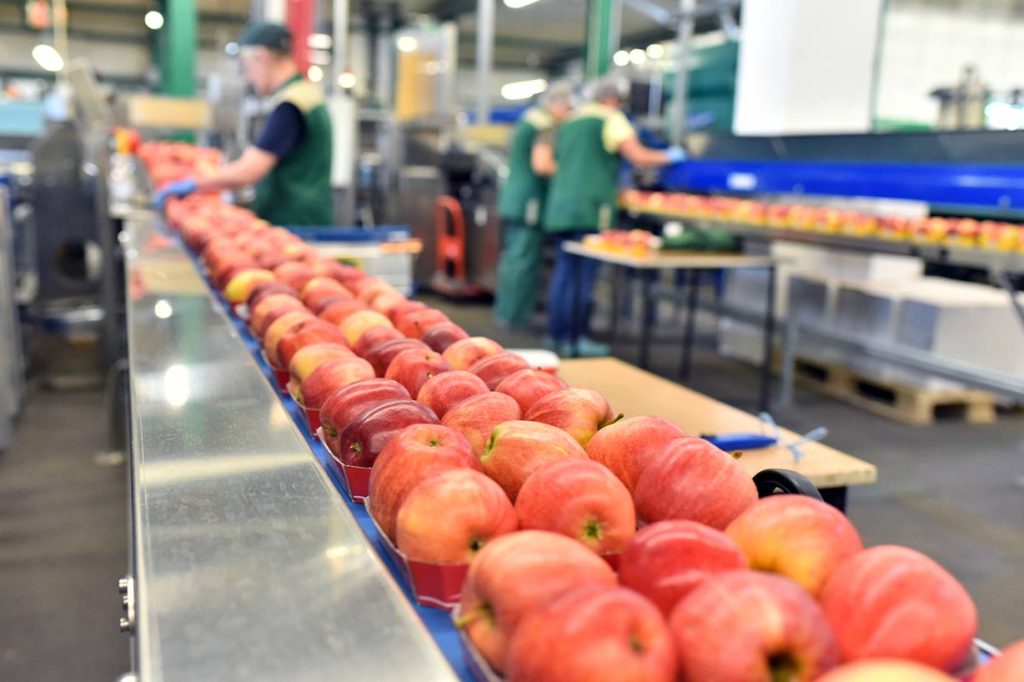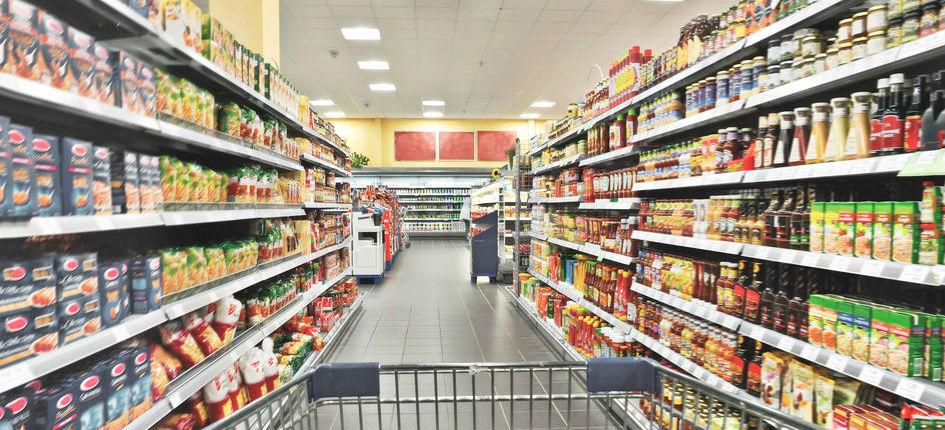The storage of food products is a fundamental phase in order to guarantee their shelf life. The purpose is twofold: on the one hand to ensure the wholesomeness of products, avoiding the minimum risk for consumers; on the other hand, preventing any waste of food, which in addition to representing damage to the environment, also has consequences from an economic point of view.

Sanitary requirements for food storage
The legislation of a food warehouse provides that in the handling rooms the windows have protective nets that prevent the passage of contaminants: these nets must be removable, so that they can be washed. Also the compartments must be equipped with windows and / or doors.
The national health and hygiene regulations also require the suitability of the steam evacuation and aeration system to prevent condensation phenomena. As far as ventilation is concerned, the reference standard for treatment and introduction of air through forced ventilation systems is UNI 100339/1995.
To obtain the food storage authorization, it is essential that the water system ensures hygiene and, for this reason, is based on non-manually operated taps. Always with a view to storing HACCP foods, all surfaces that come into contact with the goods must be washable, even in the case of packaged products. The height of the premises is indicated by the Building Regulations of the competent Municipality and is measured from the ceiling to the floor; however, there may be exceptions depending on the regulatory plans.
Food warehouse: requirements
The food warehouse legislation imposes specific constraints regarding the temperatures at which food must be stored. Walls up to 2 meters high and floors made of a resistant and waterproof material; obviously they must be intact and ensure maximum ease of cleaning and disinfection. The doors must also be made of durable material, preferably equipped with automatic closing. Ceilings must prevent the proliferation of dirt and the formation of condensation, from which bacteria and molds can derive, a primary source of contamination.
In addition to the general hygiene prescriptions, however, the competent ASLs may provide for further indications. All warehouses where food products are stored, are required to comply with the obligations indicated in the HACCP Manual, provided by a food safety expert according to the rules indicated in EC regulation no. 852 of 2004.

How to create a room for the storage of food products
The storage of packaged food products requires that the food warehouse must be always clean, not only between the aisles where the shelves are located, but also in correspondence with the areas close to the entrances, such as windows and doors, those points that can facilitate the entry of parasites. The shelves, on the other hand, must be designed and built with a washable material, which makes it possible to clean and sanitize easily and thoroughly.
The distance between the shelves and the floor must allow for cleaning and, therefore, prevent the proliferation of parasites and dust. Even the trolleys used for the transport of goods and, more generally, all the machinery used for the internal handling of the warehouse must be cleaned with the utmost care.
The storage of perishable food
For perishable foods, regulations and rules in force provide the use of refrigeration systems in which to place the food, so that the air around them can circulate freely. The semi-finished products must be stored in closed steel or plastic containers, each of which characterized by a specific label. Furthermore, the foodstuffs must be placed in the various refrigeration equipment according to the product category of reference: drinks, cheeses, cured meats, fruit and vegetables, meat products and so on.
The storage phase of perishable products
The phases of storage of perishable products require precautions to prevent their contamination during storage. This is the purpose of the HACCP system for food storage, thanks to which it is possible to prevent situations that could represent a potential danger to the health and well-being of consumers. Once the secondary packaging has been removed, it will be necessary to place, for example, the clean vegetables on the high shelves and the dirty ones on the low shelves.
In any case, it is necessary to use, inside the cells, shelving or ventilated platforms to avoid direct contact with the floor.
The storage of packaged food products
For non-perishable foods, those products that can be stored at room temperature, it is necessary to remove secondary packaging, such as wooden crates and cartons. The food must be raised at least 20 centimeters above the floor, by means of shelving or ventilated platforms.
In food warehouses, non-perishable products, such as packaged ones, must be arranged on the shelves, paying attention to the separation of the various types of food. Legumes, flours, dry pasta and rice must be well spaced, so that they can take advantage of an adequate level of ventilation. Open packages must always be closed, both to avoid the risk of insects and to prevent the product from leaking. Any open food should not be kept in the warehouse.
To study an automated solution that meets the needs of your company, do not hesitate to contact the LCS Group. Send us your request and we will get in touch with you!
LCS Group, You Produce We Move.



